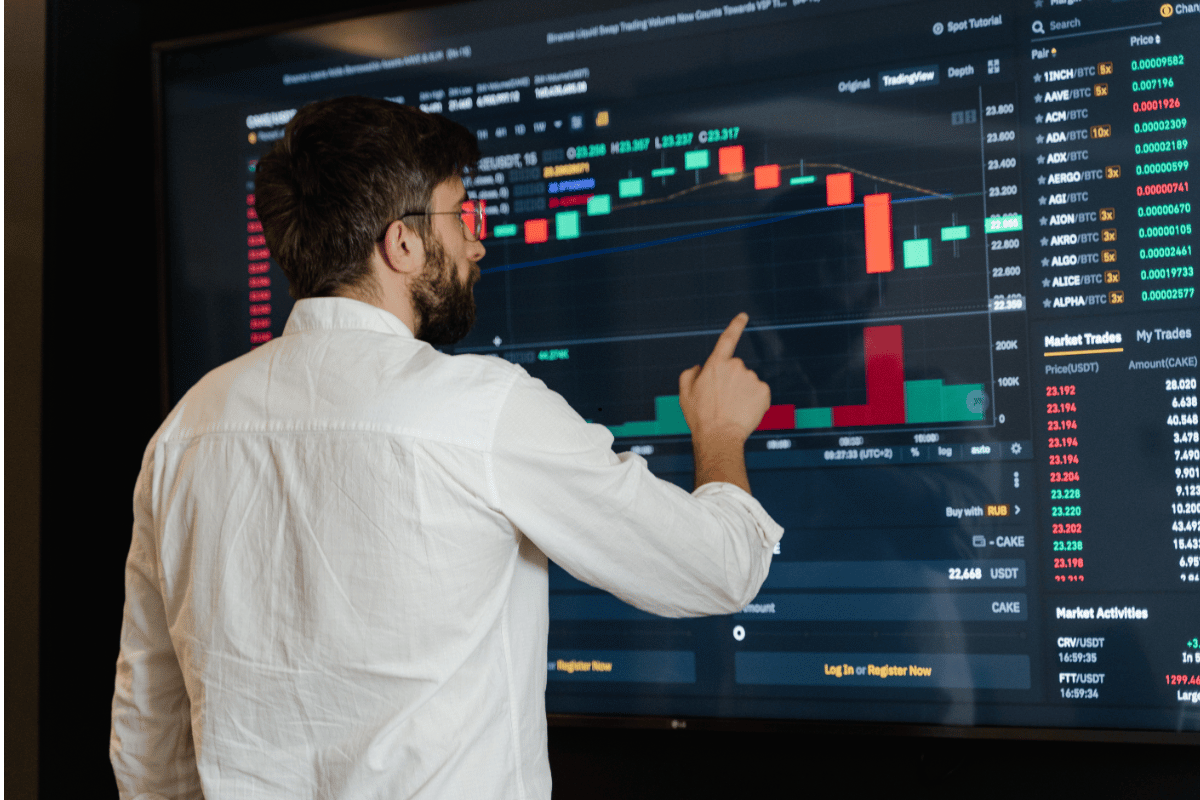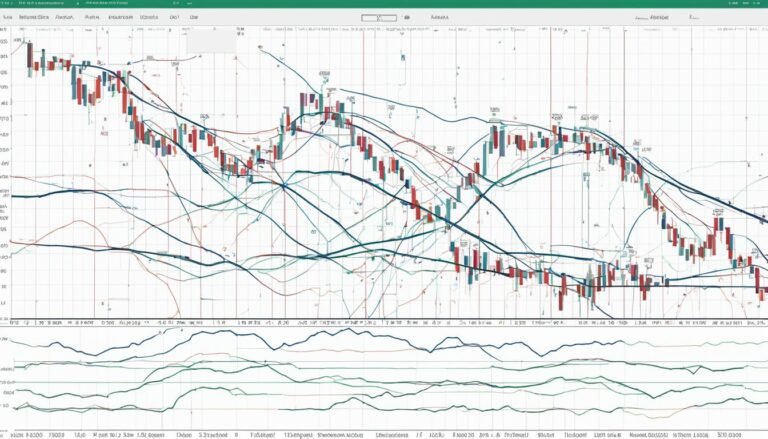What are the basic online trading skills every financial person should have?
In today’s world of a fast-paced lifestyle, knowing how to capitalize on the price movements of various assets can be enormously beneficial. In modern times, where housing prices are skyrocketing and inflation is not showing any signs of slowing down, financial trading might come in handy to make consistent profits and live your lifestyle. The introduction of advanced digital platforms that can be accessed from the palm of your hand greatly increased the accessibility to financial markets. Let’s list and explain all the essential financial trading skills every person must have to beat the markets.
Understanding market fundamentals
Before we arrive at the point where a trader can anticipate the price behavior and capitalize on opportunities, it is necessary to understand the market fundamentals. What are financial markets, who are market participants, how assets are traded, and which events impact price fluctuations are essential knowledge. Without a solid understanding of the forces behind financial instruments, trading them will be very difficult. Good traders know when to open and close trading positions and how to manage risks. They employ stop-loss and take profit orders to maximize their chances of success and minimize losses. For a full guide on stop-loss and take profit and methods to apply them into practice, there are definitive steps listed here and explained. Before you can open a trading position and use stop-loss and take-profit strategies, it is necessary to understand supply and demand, market sentiment, and economic indicators. All these factors impact price and its volatility heavily. These fundamentals influence the behavior of investors participating in financial markets.
Supply and demand
The relationship between the availability of a product and the desire of buyers for it is supply and demand. This concept is key in economics, and even more so in financial markets. If everybody is buying something the price will go up as the resource gets more scarce and if everyone is selling it the price declines. In other words, if more people want to buy a stock the price will rise, and vice versa, if everybody starts to sell the price will fall.
Market sentiment
Market sentiment is the overall attitude of investors toward a particular financial market or asset. If sentiment is bullish then many investors anticipate the price to rise for an asset and if it is bearish then they anticipate the prices to fall. Market sentiment typically is influenced by news, reports, economic events, and broader economic conditions. It can also be neutral when investors have no idea what a specific asset might do.
Economic indicators
Economic indicators are key and diverse behind the prices of assets. Unemployment rates, central bank interest rates, inflation, and GDP, are important indicators that define investors’ overall sentiment and ultimately the price direction of an asset.
Technical Analysis Skills
After understanding the market fundamentals also called fundamental analysis, it is time to familiarize with technical analysis. Technical analysis involves analyzing historical prices to determine possible future trends and price behavior. To analyze price behavior, traders employ various technical tools and indicators. Technical indicators are mathematical algorithms that measure various things about price behavior. The most popular indicators include moving averages, RSI, MACD, stochastic, Bollinger Bands, and so on. Together with technical indicators, traders also employ tools such as trend lines to detect patterns and trends. It is essential to develop chart-reading skills by practicing these tools on a demo account.
Risk Management Techniques
Risk management is the main skill that allows traders to stay in the business of trading by minimizing risks and maximizing potential returns. Stop-loss and take profit orders are essential parts of risk management, together with the size of your trading position and risk-reward ratio (potential losses versus the potential profits). With stop-loss orders, a trader can define how much they are willing to risk on any single trading position. With proper risk management, even the most beginner traders can stay in the long term and become master traders. Traders must learn to calculate the risk-reward ratio and apply it to their strategies. This ratio simply means how much you are expected to earn for each 1 dollar at risk. If you risk 20 dollars to make 40 dollars, then you have a 1:2 risk-reward ratio.
Developing a Trading Strategy
Trading strategy is the same for traders as checklists are for pilots of commercial aircraft. The trading strategy allows the trader to follow strict rules and manage their trading activities without emotions and errors. Developing a trading strategy involves defining what your entry and risk management criteria are, and then testing these criteria on historical prices.
Psychological Aspects of Trading
Psychology is a key aspect of financial trading. When dealing with real money, it is difficult to maintain emotional balance, especially when the price goes against your position. Mastering trading psychology allows traders to employ a proper mindset and stick to their trading strategy. Discipline is key in trading, as it allows approaching trading as a career and helps greatly in sticking to your strategy rules.







